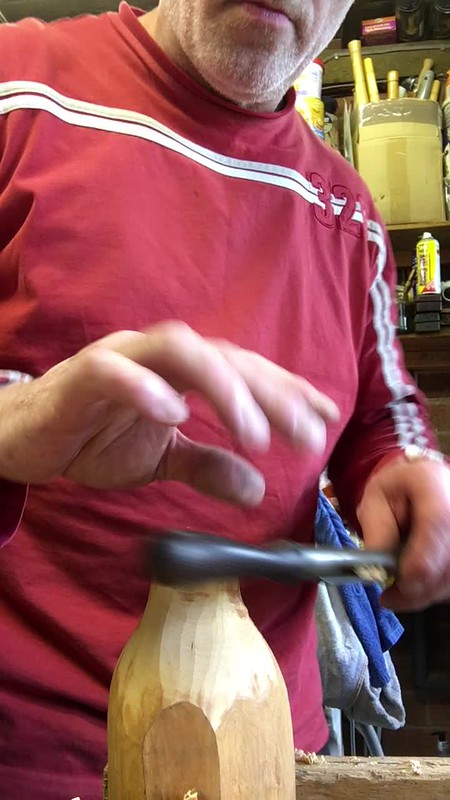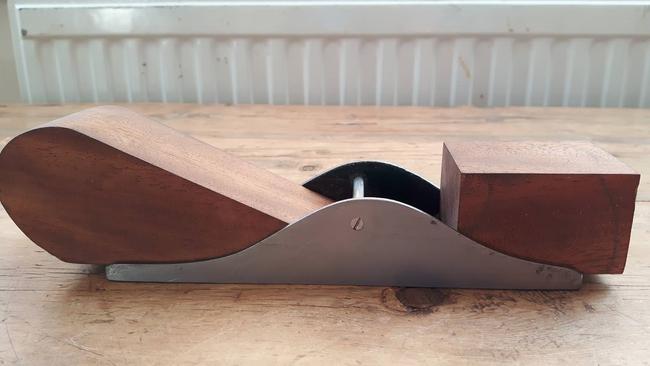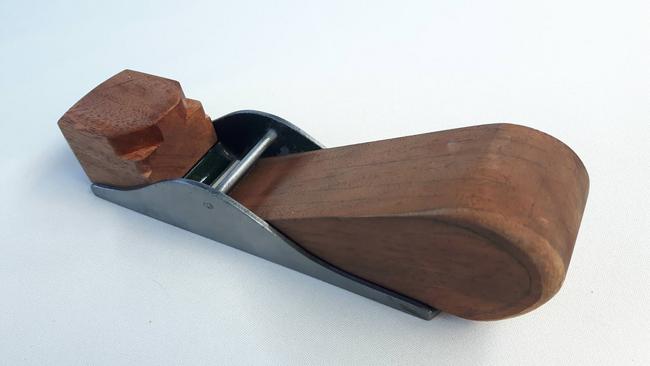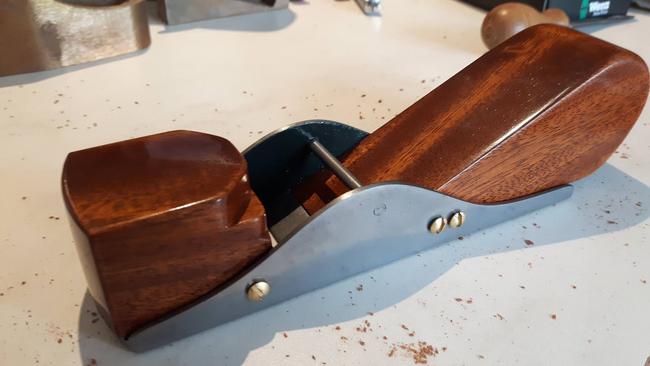Almost all of my woodwork involves straight lines and I have few tools suitable for working on curves. My current project (a sort of settle) is different. I need to make 2 side pieces the same. Each side will include 2 small convex arcs (125mm radius quarter circles) about 1200mm apart and joined by a long shallow concave arc.
I foresee no problem in cutting the curves, but I am unsure how best to smooth them so that they each are one continuous arc rather than a series of tangents. Also I will want to round over the edges.
The wood is 25mm thick pine. The finished piece will be painted so it will be relatively simple to cover up any faults in my cutting & smoothing work.
Being just after Christmas I have some Amazon gift vouchers to spend so my question is what tool(s) should I get to tackle these curves? Draw Knife? Spokeshave? Rasps & files? Something else?
I foresee no problem in cutting the curves, but I am unsure how best to smooth them so that they each are one continuous arc rather than a series of tangents. Also I will want to round over the edges.
The wood is 25mm thick pine. The finished piece will be painted so it will be relatively simple to cover up any faults in my cutting & smoothing work.
Being just after Christmas I have some Amazon gift vouchers to spend so my question is what tool(s) should I get to tackle these curves? Draw Knife? Spokeshave? Rasps & files? Something else?




































